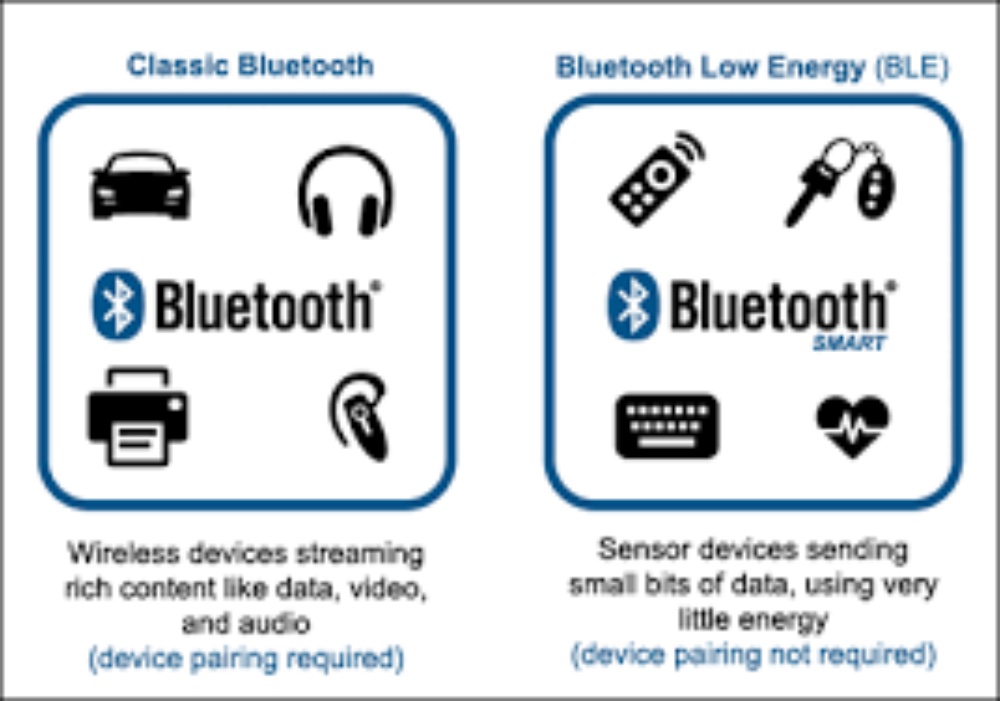Bluetooth Low Energy (BLE) devices are forecasted to reach over 1.6 billion annual shipments by 2023 according to ABI Research (www.abiresearch.com).
The research group says increasing opportunities in smart home, beacons and asset tracking, emerging IoT [Internet of Things] applications, alongside growth in existing key markets and the emergence of audio over BLE will enable the technology to achieve a compound annual growth rate (CAGR) of 27% between 2018 and 2023, tripling in size.
“Bluetooth Low Energy has witnessed tremendous growth since its introduction in 2010 because continued technical enhancements have ensured that the technology can take advantage of opportunities across an ever-increasing number of verticals and use cases,” said Andrew Zignani, senior analyst at ABI Research. “BLE’s ubiquitous support in mobile devices, combined with its ability to support mesh networking, beacon functionality, and most recently, centimeter level location accuracy with the introduction of Bluetooth 5.1 and radio direction finding (RDF), is enabling BLE to be increasingly leveraged within smart consumer devices, larger scale home and commercial building automation environments, and RTLS deployments with more stringent accuracy requirements.”
In addition to these recent enhancements, from 2020 onward, Bluetooth is anticipated to enable high-quality audio streaming over BLE, providing a boost for the existing headset market and the emerging True Wireless audio device market.
“Late last year and more recently during CES 2019, Dialog Semiconductor demonstrated an audio over BLE proof of concept utilizing their SmartBond SoCs. From 2020, we expect the Bluetooth audio market to take advantage of upcoming enhancements to better support truly cable-free earbud experiences while enhancing the battery life and user experience, though it may take some time for the standardization process to translate to wider mobile and ecosystem support,” Zignani explained.
Meanwhile, Bluetooth Low Energy chipset providers continue to innovate to provide further improvements in power consumption, further extending battery life and enabling support for battery-free devices via energy harvesting.
“Together, Bluetooth’s existing and upcoming enhancements will provide an enormous opportunity for the likes of Nordic Semiconductor, Dialog Semiconductor, Silicon Labs, Texas Instruments, Microchip, Cypress, STMicroelectronics, Atmosic, NXP, CEVA, and Imagination, among several other IC and IP providers who are heavily invested in the Bluetooth and BLE ecosystem,” Zignani concluded.

